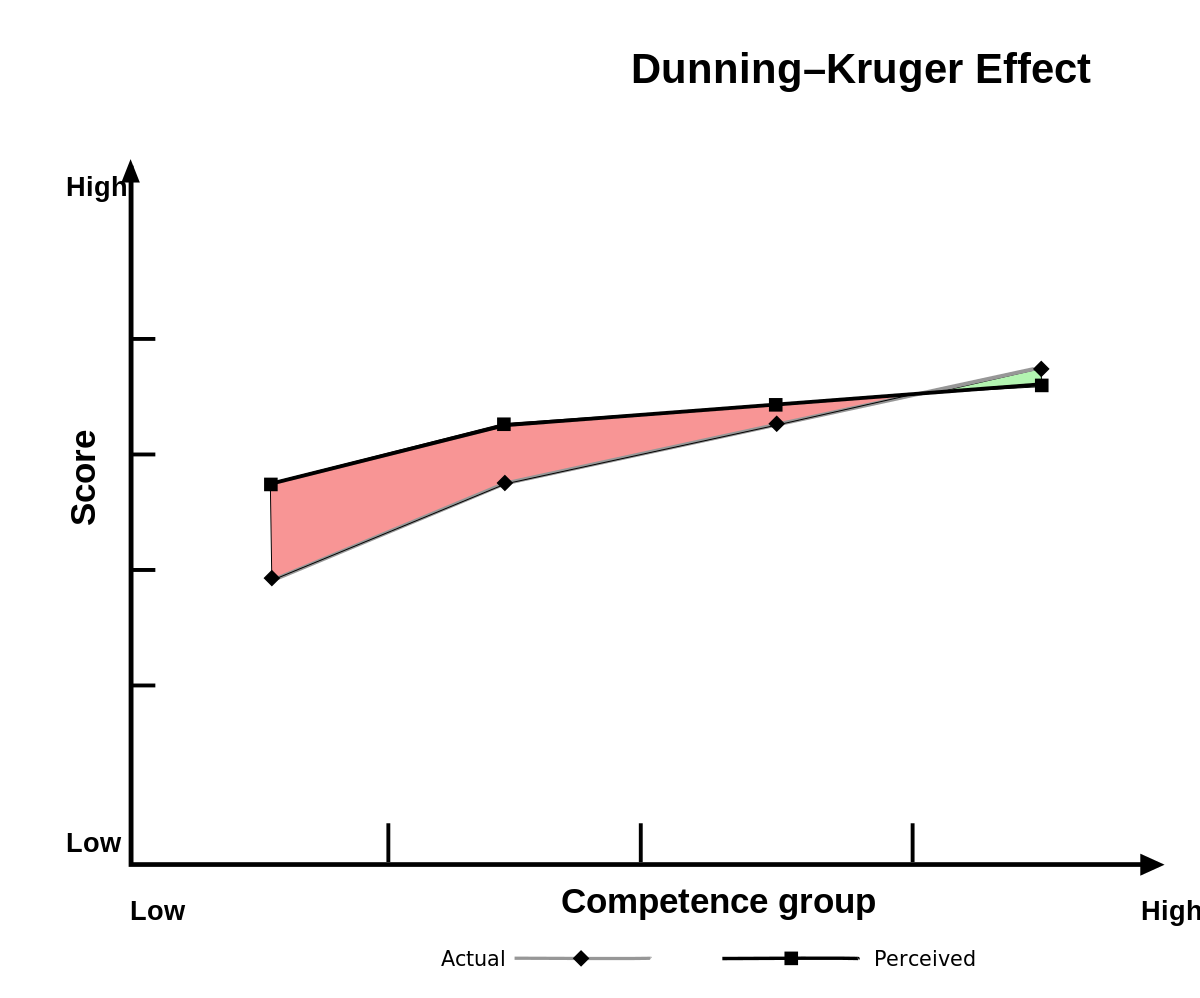Good ruling. It broadens the scope of what courts can take into account when evaluating police shootings.
I note the 9-0 ruling--a slam-dunk.
The Supreme Court on Thursday made it easier to bring unreasonable force claims against police, ruling unanimously that courts should examine the circumstances beyond the split seconds when an officer fears for their safety in deciding whether they can be tried for unreasonable force.
The case stemmed from a 2016 traffic stop in Texas.
Ashtian Barnes, 24, was killed during the routine stop. He had been driving his girlfriend’s rental car, which had outstanding toll violations, when stopped by officer Roberto Felix Jr.
After Barnes was asked to present his license and insurance, the car started moving forward. Felix jumped onto the vehicle’s doorsill and shot inside, striking Barnes twice and killing him.
The exchange turned deadly in seconds. The justices were asked to weigh whether courts should examine everything that happened during the traffic stop or just the moment when Felix feared for his safety when evaluating an excessive force claim.
In a 9-0 decision, they said the so-called “moment of the threat” doctrine should not be applied in such cases, instead directing courts to review the “totality of the circumstances.”
“To assess whether an officer acted reasonably in using force, a court must consider all the relevant circumstances, including facts and events leading up to the climactic moment,” Justice Elena Kaganwrote in the majority
I note the 9-0 ruling--a slam-dunk.
The Supreme Court on Thursday made it easier to bring unreasonable force claims against police, ruling unanimously that courts should examine the circumstances beyond the split seconds when an officer fears for their safety in deciding whether they can be tried for unreasonable force.
The case stemmed from a 2016 traffic stop in Texas.
Ashtian Barnes, 24, was killed during the routine stop. He had been driving his girlfriend’s rental car, which had outstanding toll violations, when stopped by officer Roberto Felix Jr.
After Barnes was asked to present his license and insurance, the car started moving forward. Felix jumped onto the vehicle’s doorsill and shot inside, striking Barnes twice and killing him.
The exchange turned deadly in seconds. The justices were asked to weigh whether courts should examine everything that happened during the traffic stop or just the moment when Felix feared for his safety when evaluating an excessive force claim.
In a 9-0 decision, they said the so-called “moment of the threat” doctrine should not be applied in such cases, instead directing courts to review the “totality of the circumstances.”
“To assess whether an officer acted reasonably in using force, a court must consider all the relevant circumstances, including facts and events leading up to the climactic moment,” Justice Elena Kaganwrote in the majority


